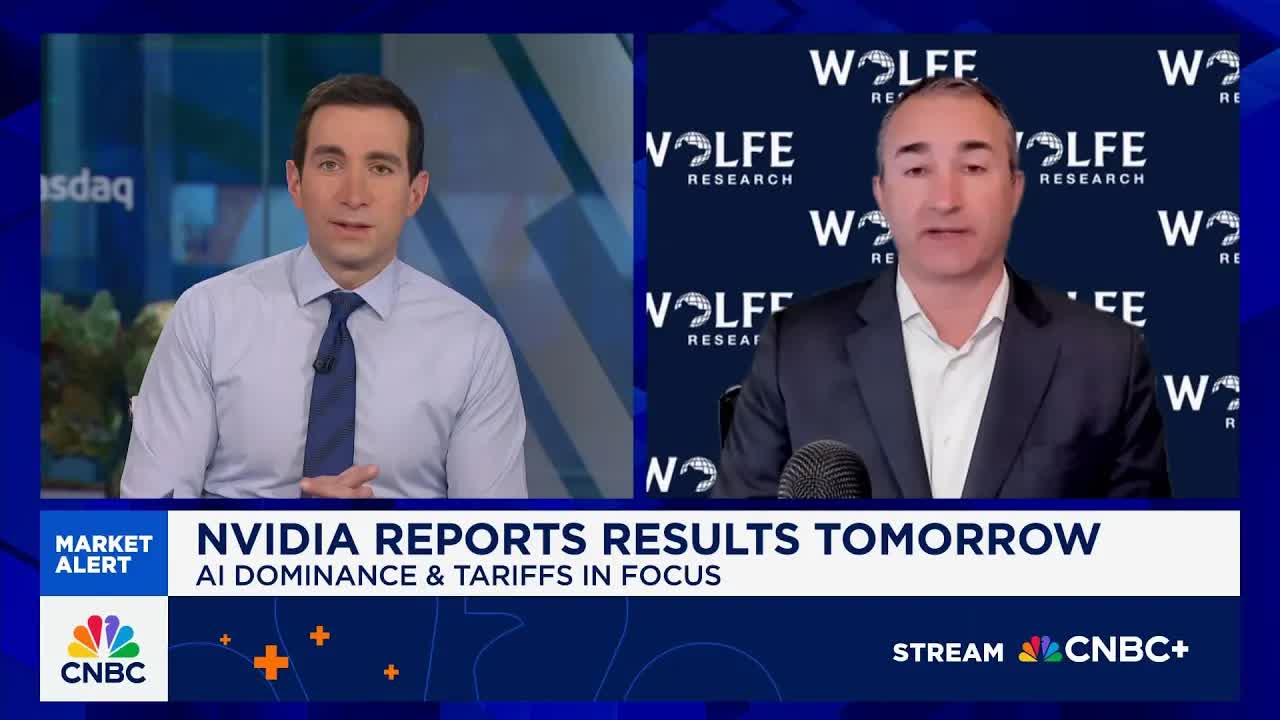Market Volatility Ahead: How Q1 GDP and Tech Earnings Will Drive Wednesday's Trading Session
The U.S. stock market faces a pivotal day on Wednesday, April 30, 2025, as critical economic data and corporate earnings reports collide with geopolitical tensions. Investors will parse the first-quarter GDP report, tech giants’ financial performance, and trade policy developments to gauge the economy’s health and market direction. Here’s what to watch—and why.
The GDP Showdown: A Growth Cliff or a Soft Landing?
The advance Q1 GDP report, set for release at 8:30 a.m. EST, is the linchpin of Wednesday’s session. Economists project a sharp slowdown to 0.8% growth, down from 2.4% in Q4 2024, driven by a surge in imports as businesses front-loaded purchases to avoid new tariffs on Chinese goods.

However, not all models agree. The Atlanta Fed’s GDPNow model forecasts a -0.4% contraction, while Goldman Sachs sees -0.2% growth. The divergence hinges on whether the import-driven drag is temporary or a sign of deeper weakness. A negative reading could fuel recession fears, with economists assigning a 40–45% probability of a downturn if tariffs remain in place.
Why it matters: A weak GDP could pressure the Federal Reserve to cut rates sooner, even as inflation remains elevated. Investors should watch for clues in the report’s components, such as consumer spending and trade balance, to assess whether the slowdown is transitory or structural.
Tech Titans Under the Microscope: Earnings and Antitrust Clouds
Wednesday’s corporate earnings calendar is heavy with tech and industrial giants, each facing unique headwinds:
- Microsoft (MSFT)
- EPS Estimate: $3.23 | Revenue: $68.53B
- The Intelligent Cloud segment’s prior-quarter slump will be scrutinized. Tariffs on Chinese-made hardware and software could strain margins, but AI-driven growth in Azure and OpenAI partnerships may offset risks.
- MSFT Total Revenue YoY, Total Revenue
Meta (META)
- EPS Estimate: $5.24 | Revenue: $41.48B
The FTC’s antitrust case looms, with investors asking: Can Meta navigate regulatory scrutiny while defending its ad revenue? A weaker Instagram user base or delays in AI-driven ad tools could spook shares.
Qualcomm (QCOM)
- EPS Estimate: $2.80 | Revenue: $10.55B
- The semiconductor giant’s 5G and AI chip sales will signal demand resilience amid global trade frictions. A miss here could amplify fears of a tech slowdown.
- QCOM Trend
Caterpillar (CAT)
- EPS Estimate: $4.37 | Revenue: $14.74B
- A bellwether for global infrastructure spending, Caterpillar’s results will reflect trade policy impacts on mining and construction equipment demand.
Trade Policy and the Trump Effect: A Double-Edged Sword
President Trump’s 100th day in office coincides with the release of key economic data, amplifying scrutiny of his tariff-heavy trade strategy. While recent exemptions for Apple’s products eased some pressure, the broader impact remains contentious:
- Tariffs as a double whammy: They’ve inflated import costs, squeezing corporate margins (e.g., Caterpillar’s China exposure) while worsening inflation. The PCE inflation gauge (due later in the week) will show whether food and energy prices are stabilizing.
- Geopolitical risks: Escalating trade disputes with China could derail global growth. The IMF has already slashed its 2025 U.S. GDP forecast to 1.8%, citing trade tensions.
The Bottom Line: Bracing for Volatility
Investors face a trifecta of risks on Wednesday:
1. A GDP miss could trigger a selloff, with the S&P 500 testing support near 4,800.
2. Tech earnings disappointments (especially Meta or Microsoft) might deepen sector underperformance.
3. Persistent trade tensions could keep the dollar volatile and bond yields range-bound.
The path forward depends on three scenarios:
- Baseline (50% probability): GDP stabilizes at 2.6% in 2025, with modest tariff hikes and Fed rate cuts.
- Upside (25% probability): Tariffs ease, fueling a tech-led rebound and 3% GDP growth.
- Downside (25% probability): Aggressive tariffs and inflation push GDP to 1.3% in 2026, risking recession.
Final verdict: Wednesday’s session will separate the bulls betting on Fed easing from the bears fearing trade-driven stagnation. Investors should prioritize cash reserves, hedge with inverse ETFs (e.g., SQQQ), and focus on sectors insulated from tariffs—like utilities or healthcare. The market’s next move hinges on whether the GDP slowdown is a speed bump or the start of a long decline.
Stay nimble—this is a day for cautious optimism.










